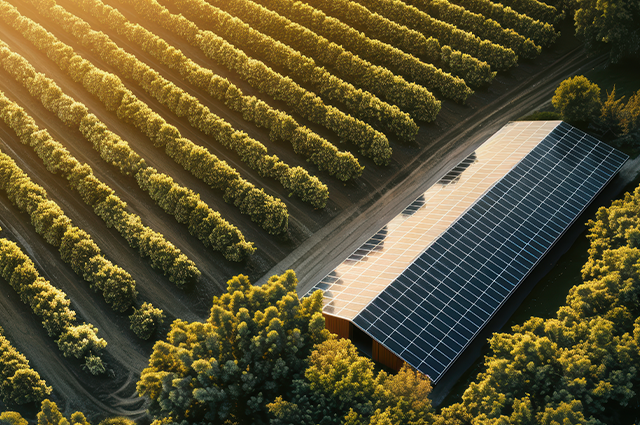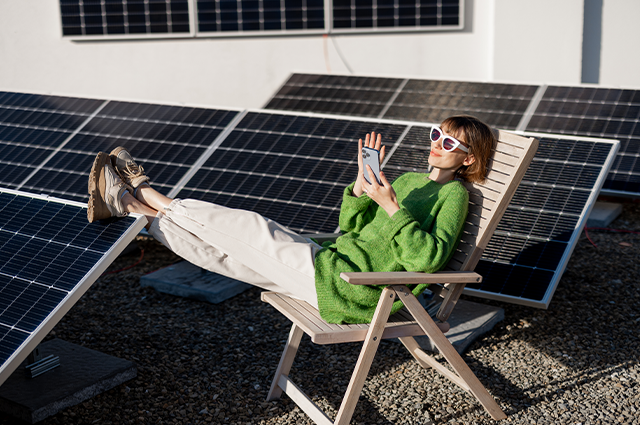Comparing Renewable Energies: Advantages and Challenges of Each Technology
With growing concern around sustainability and energy efficiency, many businesses and households are turning to cleaner and more cost-effective alternatives to meet their energy needs. Renewable energies have emerged as a powerful solution — with solar panels, wind power, and other sustainable sources standing out. But what’s truly the best choice? In this article, we compare the main renewable energy options to help guide your decision.
The Rise of Renewable Energy
The global energy transition has led to significant developments in clean energy sources like solar, wind, and hydro power. These technologies all share one crucial benefit: they reduce our carbon footprint and lower dependence on fossil fuels. However, each type of renewable energy comes with unique characteristics that impact its viability depending on the location and intended use.
Solar Panels: Efficiency Meets Sustainability
Solar panels are among the most popular renewable energy sources thanks to their easy installation, low maintenance, and strong performance in sunny climates. Some of their key benefits include:
Energy independence: Solar panels allow users to generate their own electricity, reducing reliance on the grid.
Low maintenance costs: Once installed, solar systems require minimal upkeep and often last over 25 years.
Fast return on investment: Lower energy bills and government incentives mean ROI can be achieved in 4 to 7 years — or even faster with subsidies.
Adaptability: Solar panels can be mounted on rooftops, land, or integrated into urban structures like car parks.
Sustainability and efficiency: Solar energy is limitless and doesn’t emit pollutants during production.
Solar vs. Wind Energy
When it comes to comparing renewable energies, solar and wind are often the two main contenders. Both are clean and sustainable, but differ in important ways:
| Característica | Energia Solar | Energia Eólica |
| Disponibilidade | Depende da luz solar | Depende da intensidade do vento |
| Instalação | Mais simples e acessível | Requer grandes turbinas e espaço |
| Manutenção | Baixa | Média/alta devido às peças móveis |
| Eficiência | Boa em locais ensolarados | Melhor em regiões com vento constante |
| Impacto ambiental | Mínimo | Pode gerar impacto visual e sonoro |
The choice between solar and wind energy mainly depends on geographical location and energy needs. Areas with high solar exposure benefit more from solar panels, while windy regions are better suited for wind power.
Other Clean Energy Sources
Besides solar and wind, there are additional renewable energy options to consider:
Hydropower: Generates electricity from flowing water; highly effective but requires major infrastructure.
Biomass: Converts organic waste into energy, aiding in sustainable waste management.
Geothermal: Harnesses Earth’s internal heat, ideal for regions with significant geothermal activity.
While these technologies offer unique benefits, they typically involve higher upfront costs and aren’t viable in all locations.
What’s the Best Option?
The best renewable energy solution depends on several factors — location, budget, and specific energy needs. For homes and small businesses, solar panels often stand out due to their affordability, installation flexibility, and performance across various conditions.
For large-scale projects, combining multiple renewable sources may be the most effective strategy — optimising both energy efficiency and long-term sustainability.
Conclusion
Choosing between solar panels and other renewable energy sources requires a detailed assessment of your energy needs and geographic context. No matter which option you choose, investing in clean energy is a powerful step toward cutting long-term costs and creating a more sustainable future for our planet.
At Sol Mais Energia, we show you exactly what you get - clearly, without false promises. Get in touch and receive your free economic study. Because the best time to start... was yesterday.







